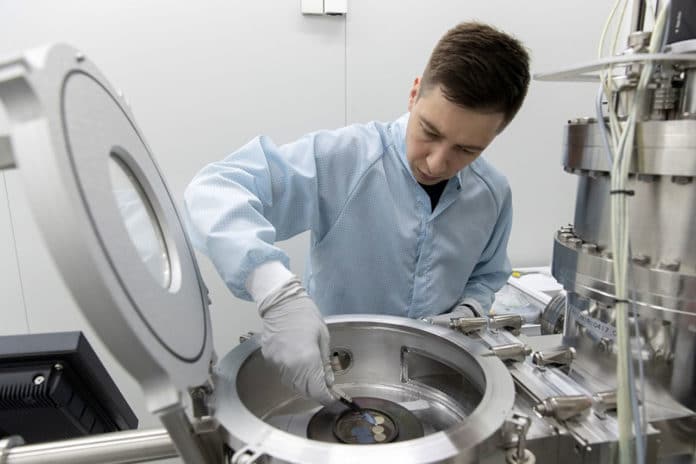Microelectronics is the application of electronics to very small, microscopic, and even molecular components and circuits to produce small but highly functional electronic devices and equipment. The development of such miniature devices – sensors, implantable devices, and Internet of Things (IoT) devices – requires establishing small and complex power sources with large cyclic capability and high energy density, such as solid-state lithium-ion batteries (SSLIB).
Expert says traditional technologies for the production of lithium-ion batteries have reached their limits. It is difficult to further reduce the size and control the shape of the power source any further in the required nano and micron dimensions. Researchers at St. Petersburg Polytechnic University (SPbPU) believe that the use of Atomic Layer Deposition technology can provide the creation of miniature solid-state lithium-ion batteries with complex shapes and high specific energy.
Studying the new nanoscale materials for electrodes of Solid-state lithium-ion batteries, the SPbPU research team has developed a method to determine the electrochemical capacity of each component of the “nickel-cobalt oxide” system. Transition metal oxides have a high capacity and relatively low costs, which is well suited for the development of lithium-ion battery cells. During the experiment, nanofilms obtained by atomic layer deposition (ALD) were used as anode materials and demonstrated a high charge capacity at high current densities.
“We obtained nickel-cobalt oxide materials in the wide range of compositions from nickel oxide to cobalt oxide and proposed a method to determine the contribution of the capacity of each of the electrochemically active components of the charge/discharge process. This multipurpose technique can be used to determine the best materials’ compositions for lithium-ion batteries,” notes Dr. Maximov of High School of Materials Physics and Technologies, Institute of Mechanical Engineering, Materials and Transport SPbPU.
In the future, researchers plan to apply developments to create improved cathodes and solid electrolytes to produce a prototype of a thin-film lithium-ion battery for microelectronics. The project is being implemented with the support of the Russian Science Foundation.
